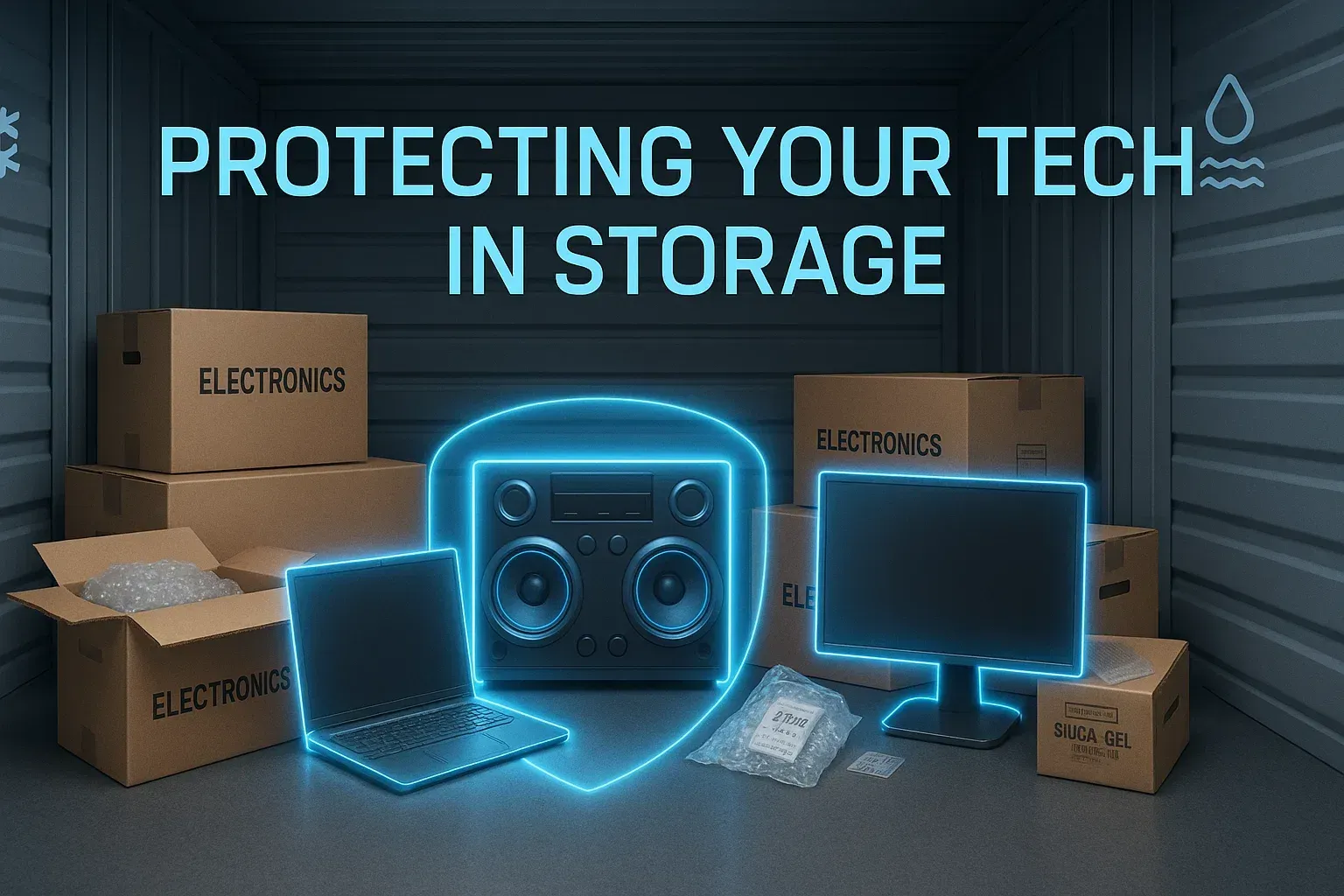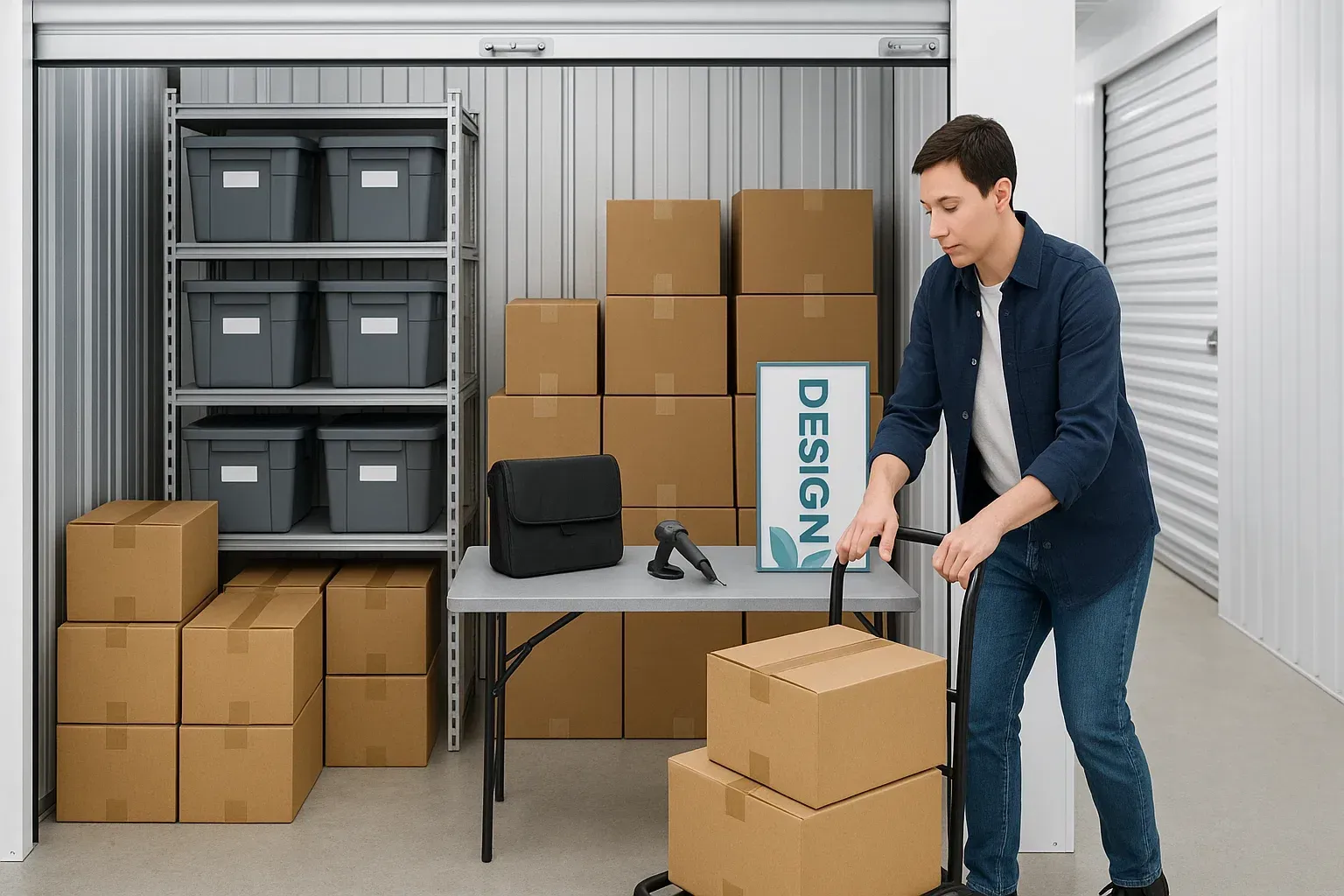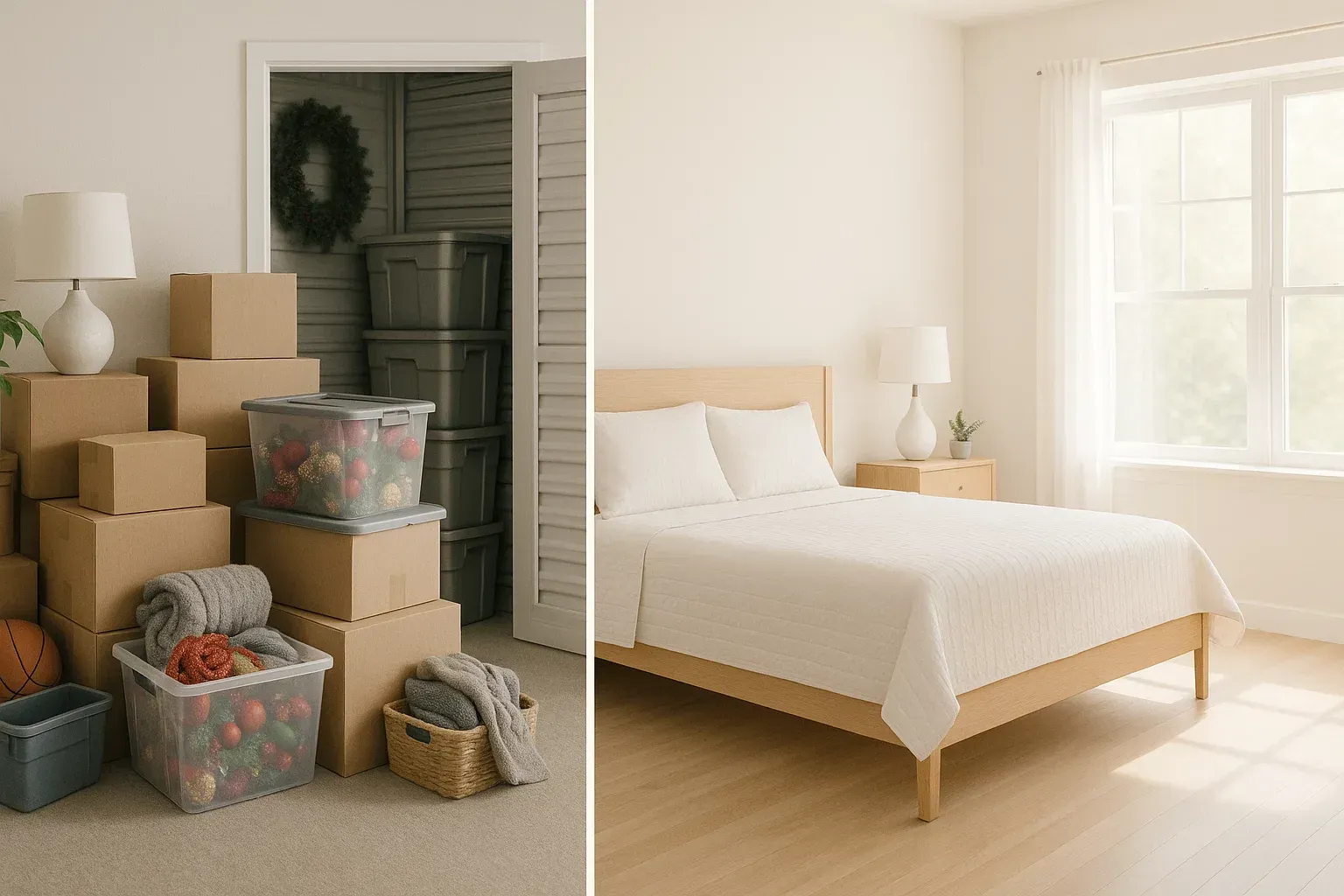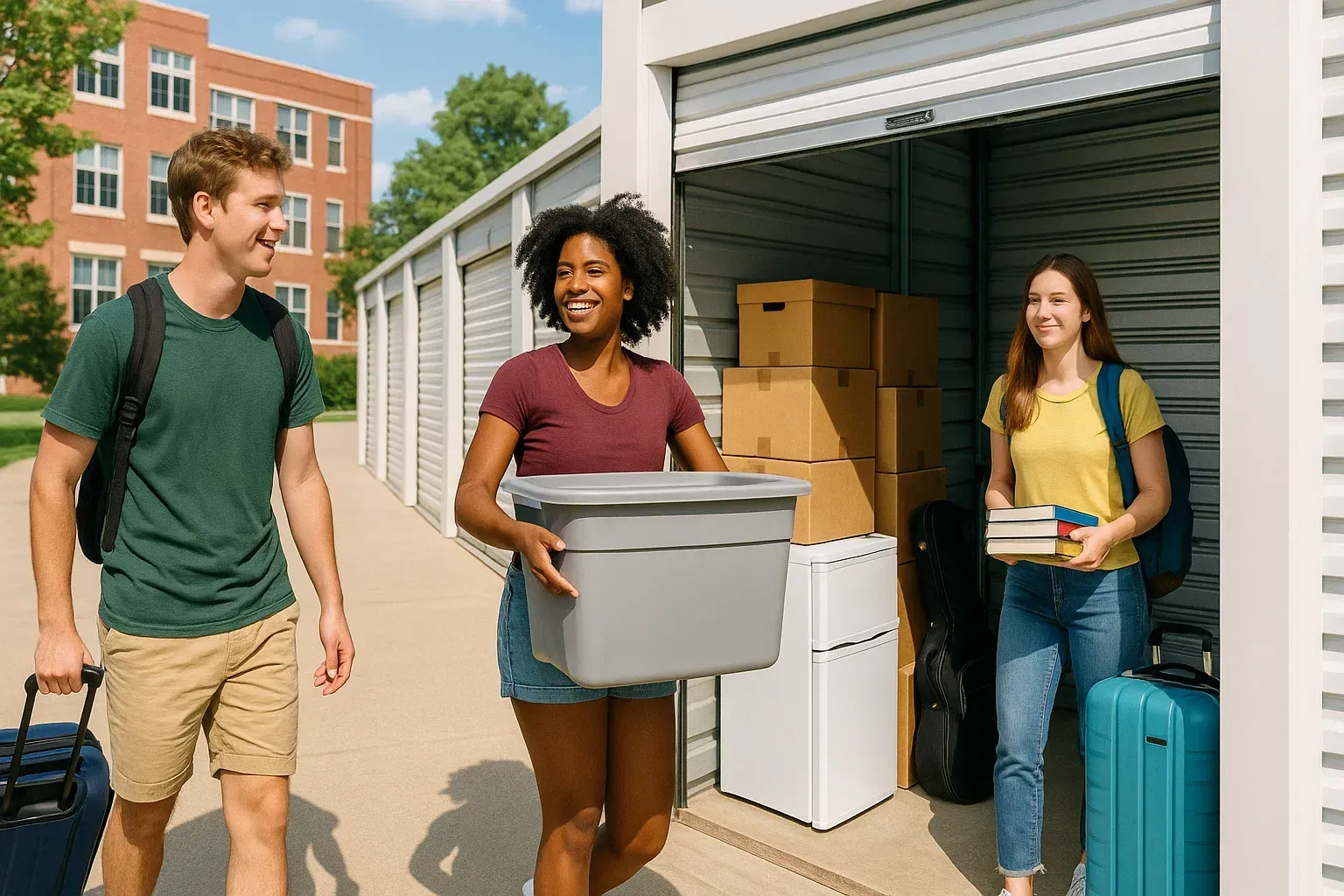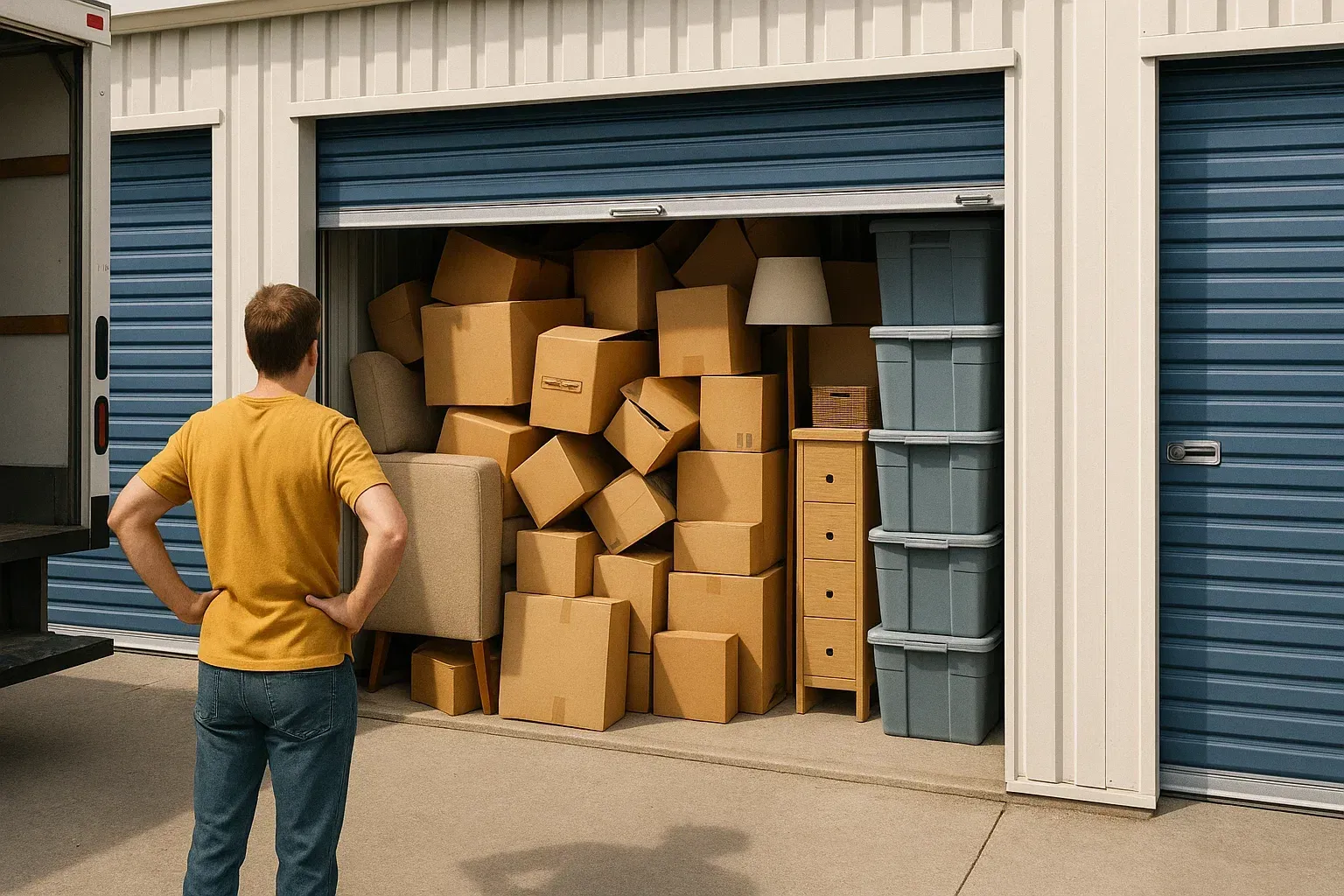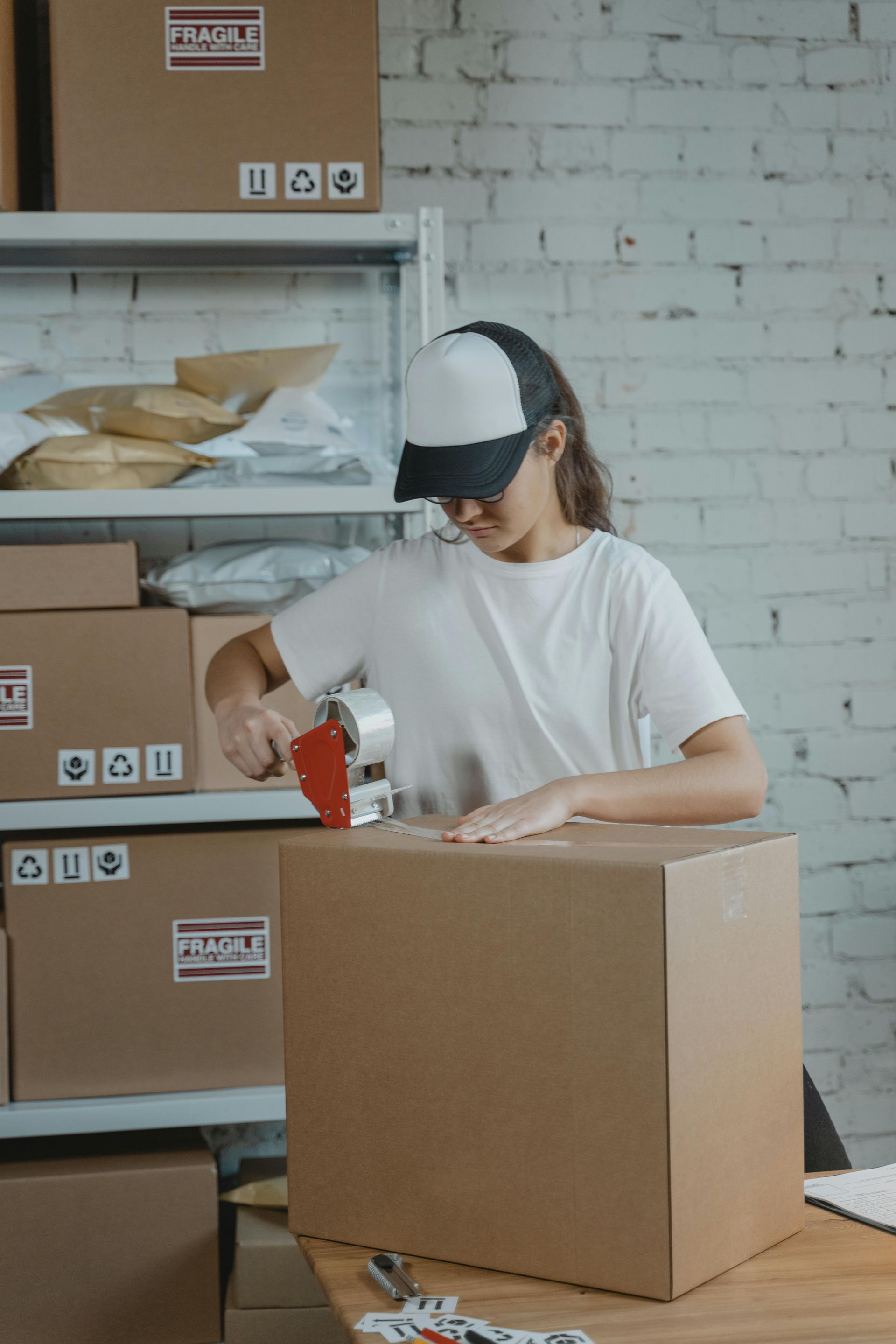What Size Storage Unit Do You Really Need?
How to Pick the Right Storage Unit Size (Without Overthinking It)
You’re standing in a room you used to recognize, but now it’s just stacks. Boxes. A mattress leaning against a wall. That kayak you promised you’d use. Something has to give. So, you think: storage facilities.
And then comes the next question: how much space do I actually need?
Not a trick question, but it turns into one if you’re not careful. Go too small, you’ll jam it like a junk drawer. Go too big, you’re paying for air. Either way, it adds up. In dollars, in frustration.
Choosing the right size storage unit can save money and maximize space. Let’s try to keep it simple.
What Are You Actually Storing?
Don’t guess. Just look.
Is it a bed? A desk? Boxes you haven’t opened since your last move? Write it down. Not for neatness. Just to see it all at once. You’ll forget otherwise.
Measure what’s big. Sofas don’t shrink. Tables don’t fold unless they’re built that way. If you think you’ll add more later, make room now. Consider future storage needs when choosing a storage unit size. The “I’ll make it work” approach usually ends with swearing and re-packing.
How Storage Sizes Really Work
Storage units are tall—usually about 8 feet. That helps. But it’s the floor space that trips people up. Most storage facilities offer multiple sizes of storage units, often starting from small lockers to large rooms.
Storage guides often categorize units into small, medium, and large sizes for different needs.
Understanding standard sizes helps in choosing a unit that fits your belongings.
Here’s how it plays out, roughly:
- 5x5: A closet. Boxes, holiday stuff, maybe a small chair.
- 5x10: Half a room. A few pieces of furniture. Some boxes. Not bad for a studio.
- 10x10: A small apartment’s worth. Two rooms. Maybe a piano.
- 10x15: Two or three rooms. The things you meant to organize. Can accommodate bulky furniture and appliances, making it ideal for small families.
- 10x20: A house, sort of. Could fit a car. Definitely fits your life in flux. Suitable for those needing space for up to five rooms' worth of belongings.
- 10x30: Everything else. Big house. Big changes. A larger storage unit can store the contents of an entire household during transitions.
You don’t need to memorize this. Just know the vibe. And always check the actual facility—some shave inches, others give more.
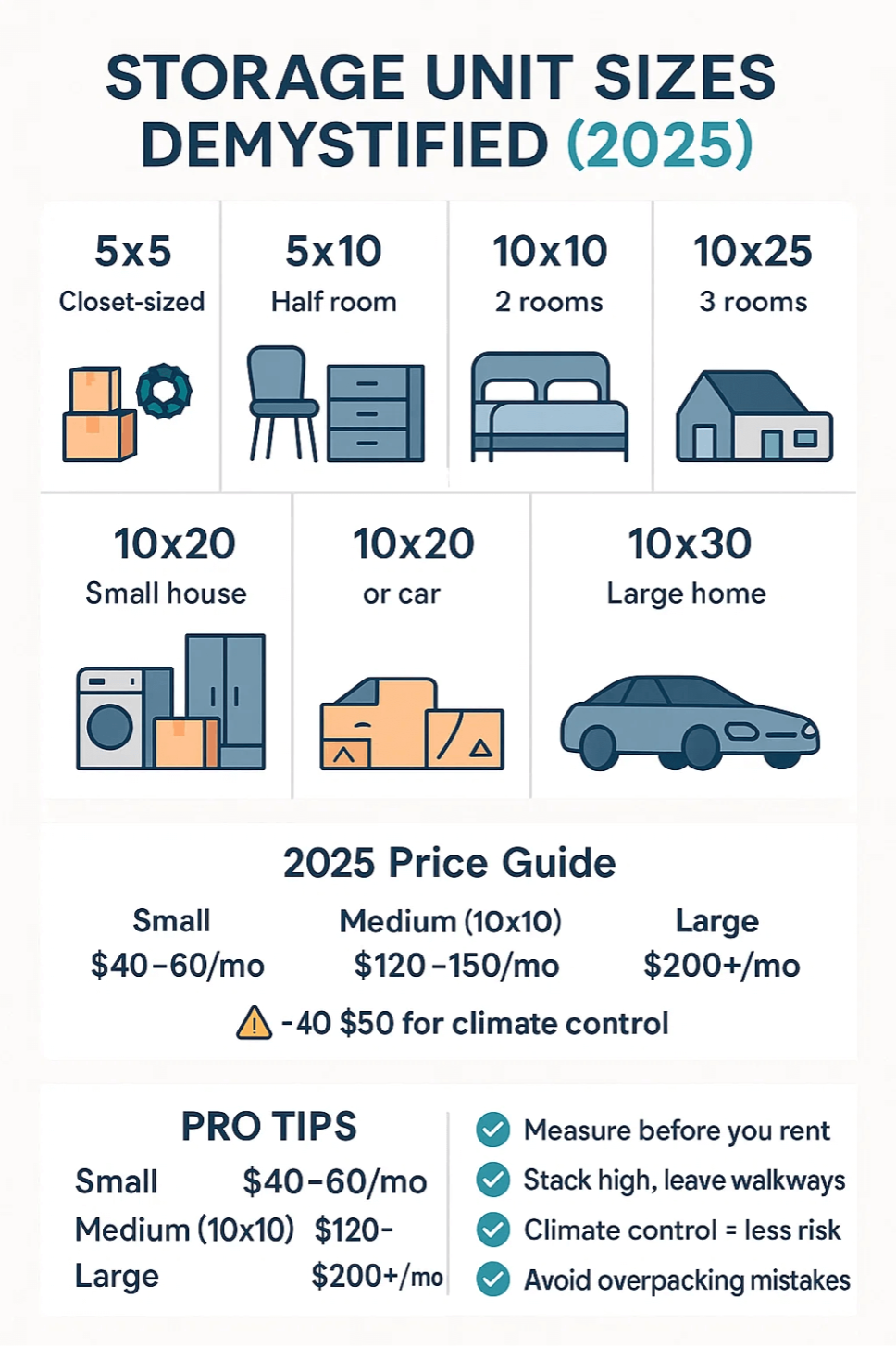
Storage Cost in 2025
It depends where you live, but ballpark numbers help:
- Small units: ~$40–60/month
- Medium (10x10): ~$120–150
- Bigger units: $200 and up
Add more for climate control. It’s worth it if you're storing wood, electronics, or anything you don’t want warped. Climate-controlled units are recommended for sensitive items to protect against temperature and humidity changes. $50 extra might save you from mold or regret.
Promos help. A lot of places offer a free month or reduced first-month rates. Just read the fine print.
Mistakes People Make
They forget about height. Or leave no room to walk in. They think they’ll be in and out once, but life doesn’t work like that. An overcrowded unit poses tripping hazards and makes accessing items more difficult.
They store things they shouldn’t—food, batteries, paint. Or worse, they never actually look at the unit before signing.
They over-pack. Then avoid it. Then pay to store things they stop needing.
Doesn’t make them dumb. Just tired. We’ve all been there.
Packing Without Losing Your Mind
Stack high, but leave a path. Label everything. Plastic bins over cardboard—pests like the latter. Disassemble furniture when you can. Chairs in chairs. Tables turned sideways. It’s not a puzzle, but it sort of is.
Selecting the right size unit ensures items are safely stored and organized.
Storage Unit Size FAQ
What size storage unit do I need for a 2-bedroom apartment?
Start with a 10x10 or 10x15. Depends how much furniture you actually have. If you’re not stacking high or need walking space, go bigger. Choosing a unit size with room for growth can avoid the need to rent a larger unit later.
How do I know what size I really need?
Make a list. Measure the big stuff. Think about what you’ll add later. When in doubt, check it out in person.
Will a 5x10 fit bedroom furniture?
Some of it. Maybe a mattress, some boxes, and a dresser. But it’s tight. Not great for bulky things or lots of furniture.
How much does a 10x10 cost in 2025?
Around $120–150 a month, depending on where you live. Climate control adds more—closer to $200.
What’s the biggest mistake people make?
Thinking they’ll need less space than they do. Or packing it so tight they can’t find anything.
Can I store my car?
If it’s a small car, yes—10x20 or larger. Always check with the facility if they have a large storage unit. Some don’t allow it.
Is climate control worth it?
If you’re storing electronics, wood, paper, or anything sensitive to heat or humidity—yes. It costs more, but it saves headaches.
How should I pack it?
Stack vertically. Break down furniture. Label everything. Leave a walkway. Bins beat boxes.
Do sizes vary by facility?
Yes. What’s called a 10x10 in one place might be slightly smaller elsewhere. Always ask.
Should I see the unit before renting?
If you can, absolutely. Pictures aren’t always honest. It’s easier to decide when you’re standing in it.
